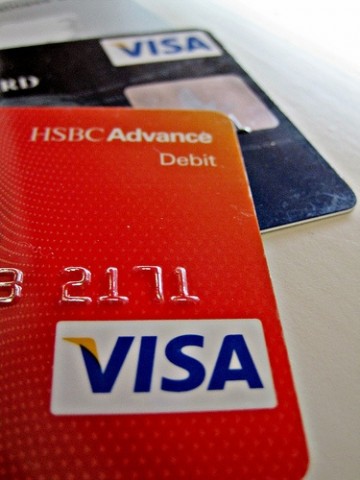Credit cards are quickly becoming the number one way to make purchases. It used to be that credit cards were almost only used for expensive purchases, when a buyer could pay a purchase off over time. However, credit cards are becoming more and more popular. In fact, it’s pretty hard to do some things without using plastic- shopping online, reserving a vacation, etc.
What is it that makes these cards so attractive to people? Is it their compact size? Maybe it’s the essentially ‘fake’ money behind them? Or, maybe it’s both. Whatever the reason for the outburst of purchases via credit, doesn’t matter. What matters is the credit card companies’ solution for their customers’ problems – chargebacks.

The Purpose of the Chargeback
A chargeback is basically a refund to the buyer, if anything happens to go wrong with their purchase. This idea is a great reason for the credit card holder to feel secure when making a purchase, but it is turning sour for merchants.
When Chargebacks are Issued
A buyer can ask to be issued a chargeback for seemingly any reason – the product didn’t ship on time, they received poor customer service from a company, the product wasn’t what the buyer expected, or the purchase was a case of fraud. Let’s take a look at each circumstance individually.
- The product arrived late. When a customer orders a product online, they are not likely to read into the shipment process. “Ships in 3-5 days” doesn’t really mean the item should arrive at the buyer’s house in that amount of time; it means the product will leave the warehouse in 3-5 days, and then be delivered.
- Poor customer service. This doesn’t seem like a very good reason to immediately ask for a chargeback. A problem with an employee can usually be sorted out by speaking to someone of a higher authority, like a supervisor.
- The buyer was unsatisfied with the purchase. If a person isn’t happy with an item bought from the marketplace, they bring it back to the store for a refund. Why wouldn’t an online purchase be handled the same way?
- The purchase was fraud. In the situation of the ‘F’ word, it is obviously acceptable for a card holder to demand a chargeback.
Aside from fraud, all other reasons for a chargeback could also be disputed with the merchant, rather than the credit card company. It seems that customers are becoming lazy. The reason this is important is because just a few chargebacks could do some permanent damage for a company.
What a Chargeback Means to a Company
Customers don’t realize the potential damage they are doing when they go through their credit card company rather than the merchant for a refund. When a chargeback is issued, a merchant has to repay the amount of the item, plus a hefty fee. And most of the times, the merchant never receives the product they refunded, so is at a loss for a resale.
Here’s the kicker, if a company is hit with too many chargebacks (two percent of their total sales), then the credit card processor that handles the company’s transactions will discontinue their contract with them, but only after a $15,000 charge. This occurrence can put a company out of business.
What This Means to a Consumer
While some companies may deserve the consequences of a chargeback, most don’t. If a consumer is unhappy with his or her purchase, the buyer should speak to the merchant before making a call to the credit card company.
A lot of consumers see the chargeback as a quick and easy solution to their problem. In reality, the chargeback process is quite lengthy – a cardholder’s money can be in limbo for six months. Not only does the consumer suffer in the chargeback process, the merchant is dealt a hefty blow too.
Is a chargeback really worth the resulting headache for everyone involved?!
Guest author Kevin Oborney works for Chargebacks911. He provides chargeback education to both merchants and consumers. His ultimate goal is to reduce chargeback fraud (learn more about it here) and help every save time and money.
